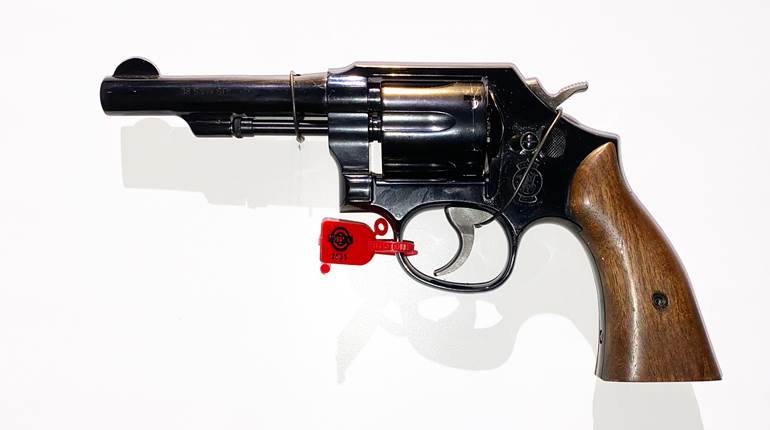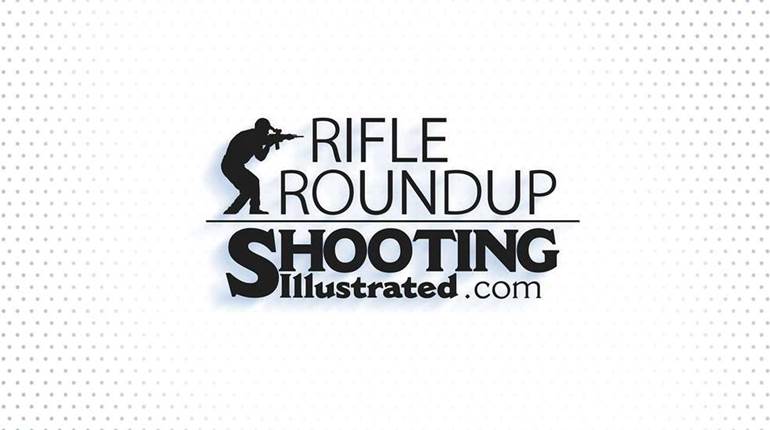
Smith & Wesson’s latest quarterly reports reflects an increase in net sales of 102.2 percent—more than double the same period last year—but answers from company President and CEO Mark Smith during the follow-up earnings conference call add insight to February’s estimated firearm sales, which some claim telegraph a significant slowdown. Sales were up last month when compared to 2020, but not at the same unprecedented rate experienced through most of that year.
“January of 2021 was the fifth largest NICS month ever on record,” Smith explained. “And the February results that were just released on Tuesday indicate that although the firearm sales decelerated sequentially, we believe, due to a number of factors from severe weather disruptions to delayed stimulus and tax returns, interest in the shooting sports remains very strong, with daily rate of firearm permit checks flat sequentially and 35 percent above prior year for February. We do expect, as we lap the beginning of the pandemic in March, that NICS checks comparisons will become more difficult. But we also believe that the expanded consumer base has fundamentally increased the number of participants in the market.”
FFLs contacted by Smith & Wesson reported the winter storm that hit the traditionally big gun-ownership state shortened their operational hours in an already abbreviated month. “We spoke to some retailers who said, well, yes, of course, because I was shut down for a week because we didn’t have any power down south or etc.,” Smith explained. “So, I think, as I said, we kind of got a little bit of a confluence with a bunch of different factors playing into February.”
Other variables he mentioned included a drop in new customers willing to settle for any self-defense-appropriate gun. “But people are still coming into the store and maybe where they wanted a Shield EZ—and it wasn’t available—they would buy whatever else was under the counter,” Smith said. “Now they’re kind of saying, well, I’ll come back when you have [it] available—availability. So, you’ve got a little bit of that going on, maybe a little bit of that panic buying going is subsiding a little bit.”
February’s gun sales may be a more accurate picture of what to expect in the future, according to Smith. “[T]he demand is very strong,” he said. “So when that deceleration or…‘normalization’ occurs, we don’t know. And quite frankly, as we talked—as we said in the prepared remarks, there’s a whole lot more participants in the industry right now. So, I definitely believe that we’re at a new normal, if you will.”






































